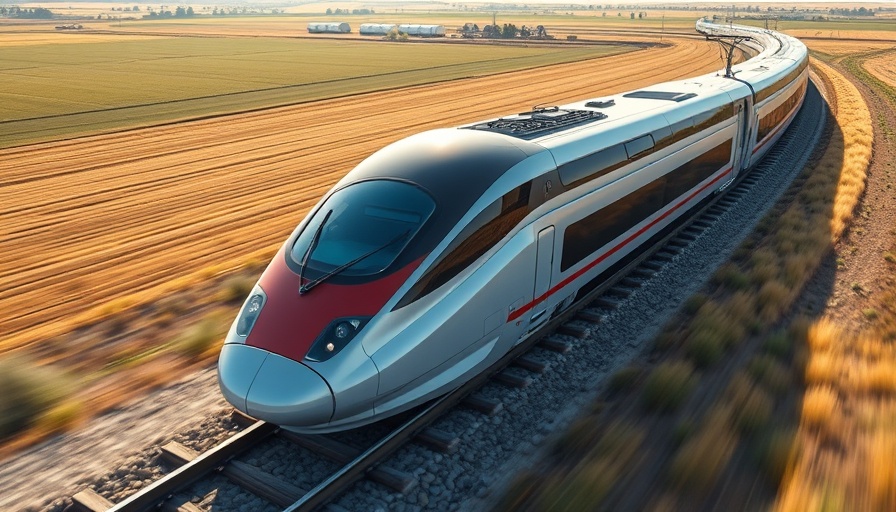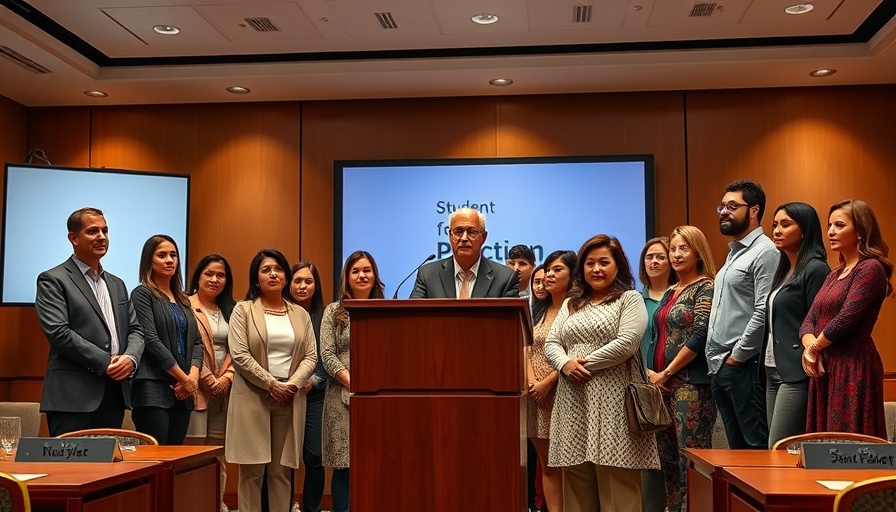
Trump Administration's Shift: A Setback for California High-Speed Rail
The Trump administration's recent declaration to withdraw federal funding for California's high-speed rail project marks a significant turn in one of the nation’s most ambitious infrastructure initiatives. With initial approvals dating back to 2008 and an escalating projected cost now exceeding $100 billion, the project has faced mounting scrutiny and criticism.
Background: The Vision Behind High-Speed Rail
Originally approved by California voters with a $10 billion budget, the high-speed rail was envisioned to revolutionize transportation within the state, connecting major urban centers like San Francisco and Los Angeles at speeds unmatched by current rail options. However, as the timeline extended well beyond its promised operational date in 2020, concerns regarding feasibility and fiscal responsibility have grown.
The Recent Federal Findings and Their Implications
A scathing report from the Federal Railroad Administration (FRA) asserted that there is “no viable path” forward for the project, expressing skepticism about its completion. Acting Administrator Drew Feeley described the railway's current status as a “blueprint for a 119-mile track to nowhere.” This critical outlook has now threatened the continuation of federal support, igniting debates about its financial viability and ongoing taxpayer commitments.
The State's Defense: Progress or Illusion?
California officials, undeterred by federal criticism, remain steadfast in their commitment to the railway project. Carol Dahmen, from the California High-Speed Rail Authority, countered that substantial progress has been made, despite views to the contrary. Governor Gavin Newsom proposed continued state funding of at least $1 billion yearly over the next two decades to keep the project alive, focusing on the essential stretch between Bakersfield and Merced, which is targeted for operation by 2033.
Controversy and Diverging Perspectives
As the situation unfolds, opinions diverge sharply. Some politicians like Republican State Senator Tony Strickland advocate reallocating funds towards more immediate infrastructure needs, asserting that taxpayers deserve better from their investments. Meanwhile, state officials emphasize the potential long-term benefits of high-speed rail, including reduced traffic congestion and an eco-friendly transportation alternative.
What Lies Ahead: The Future of California's Rail System
The fate of the rail project hangs in a delicate balance. As California prepares a formal response to the FRA in the coming month, the pressure to find alternative funding sources grows. Private investment has been suggested as a possible avenue for supplementing federal funds, yet uncertainty about attracting sufficient financial backing persists.
Residents of North County San Diego, who may be indirectly affected by these developments, should remain informed about the ongoing dialogues and legislative moves concerning their state’s infrastructure. As the project matures — or potentially unravels — understanding both the immediate impact on local economics and the vision for state transportation is critical.
The Call for Informed Action
As developments in California's high-speed rail project continue, residents are encouraged to engage with city hall meetings and local forums to voice opinions and stay knowledgeable. Your engagement can help influence the decisions that affect North County’s transportation future.
 Add Row
Add Row  Add
Add 




 Add Row
Add Row  Add
Add 

Write A Comment